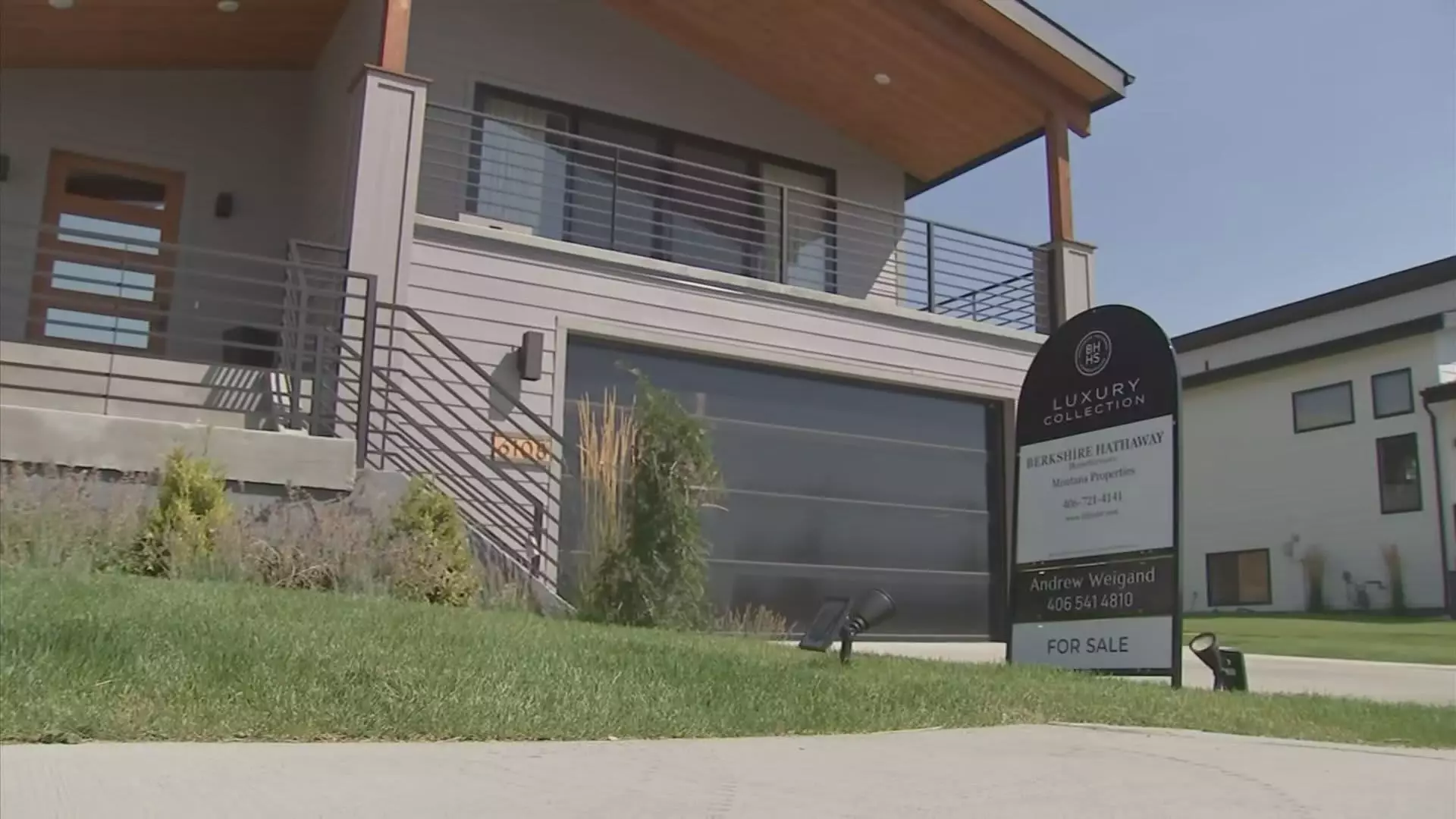The landscape for first-time homebuyers in the United States is transforming rapidly, posing significant challenges as they seek entry into the housing market. As the buying season of 2025 approaches, the trend highlights a stark reality: the availability of starter homes, typically defined as modest properties under 1,400 square feet, is dwindling. This situation not only complicates the journey for prospective homeowners but also reflects broader systemic issues woven into the fabric of local real estate markets.
Historically, starter homes have represented a critical entry point for many Americans into the real estate realm, serving as a vital stepping stone towards future investments. However, recent data from the U.S. Census Bureau reveals a worrying trend. In 2023, a mere 9% of newly constructed homes fell under the 1,400-square-foot benchmark. This is a stark contrast to 1982 when nearly 40% of newly built homes were within the same range. The implications of this shift are profound, suggesting a growing detachment between the needs of first-time buyers and the realities of the housing market.
Experts have attributed this decline largely to stringent local zoning laws, which dictate what types of homes can be built and where. These regulations, often established by local governments, have inadvertently stymied the construction of smaller, more affordable homes. With rising costs associated with building any kind of home, builders are pivoting their focus toward high-end properties, leaving first-time buyers with few options. As Sam Khater, chief economist at Freddie Mac, emphasizes, builders are not simply prioritizing profit; they are often unable to construct moderately priced homes at all due to these constraints.
Adding to the predicament for these aspiring homeowners is the staggering increase in home prices. Data from the S&P CoreLogic Case-Shiller U.S. National Home Price Index indicates that nationwide home values have surged by over 52% from January 2020 through October 2024. This spike, driven by a combination of escalating construction costs and a scarcity of accessible land, has further isolated potential buyers. According to Selma Hepp, chief economist at CoreLogic, labor and materials have inflated dramatically, witnessing about a 50% increase over the past decade. Even more alarming, land costs have surged by two and a half times that figure, rendering potential developments prohibitively expensive.
The challenges for homebuilders are compounded by the lingering effects of the 2007-2008 financial crisis, which led to significant consolidation in the industry. The rate of new housing construction remains disappointingly low compared to early 2000s benchmarks, exacerbating the shortage of starter homes. Currently, many recent homeowners find themselves “locked in” to their lower-mortgage-rate properties, thereby limiting the supply of existing homes on the market—even as demand from first-time buyers persistently grows.
Compounding the issues outlined are peculiar market dynamics that defy traditional economic expectations. As noted by Jessica Lautz, deputy chief economist at the National Association of Realtors, the current market environment is characterized by an all-time low of first-time buyers alongside a surge in all-cash purchasers. This reflects a significant shift in buyer demographics and purchasing power, further alienating those who rely on financing to make their first real estate investment.
To put the challenges into perspective, the median age for first-time homebuyers has now reached 38, a notable increase from the average age of 29 in 1981. This demographic shift highlights a troubling trend: younger generations are facing mounting obstacles in their quest for homeownership. Solving this crisis necessitates not just innovative housing solutions but also a reevaluation of policies that govern land use and construction—a call to action that has never been more urgent.
As the 2025 buying season approaches, first-time homebuyers face a unique set of challenges amplifying the affordable housing crisis in America. The ongoing disappearance of starter homes underlines the need for substantial reform in local zoning laws and a strategic reassessment of housing policies to foster a more inclusive and sustainable home buying environment. Without such measures, the dream of homeownership may increasingly remain just that—a distant dream for many Americans.

